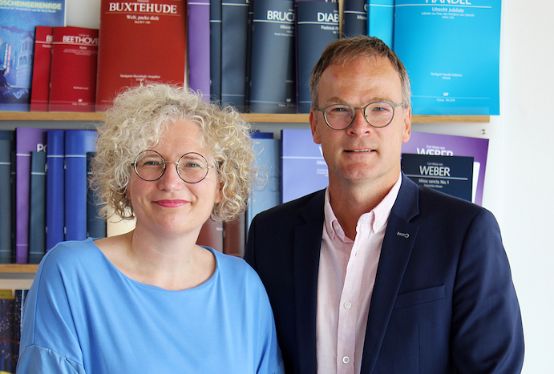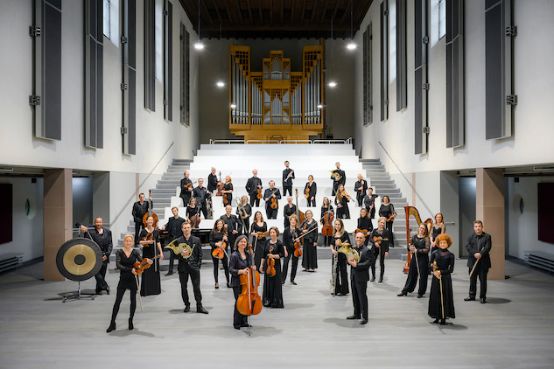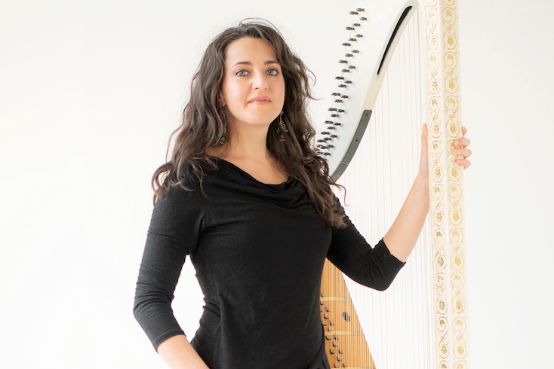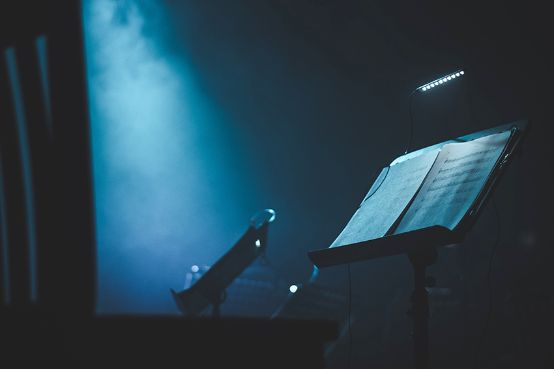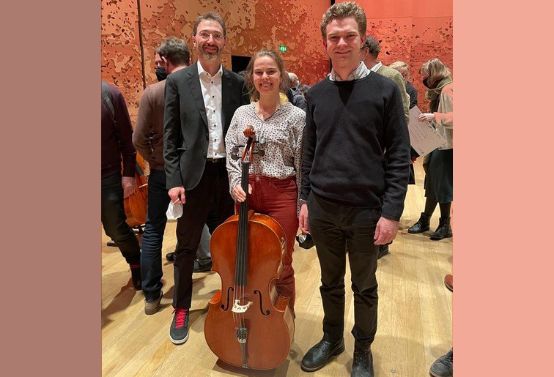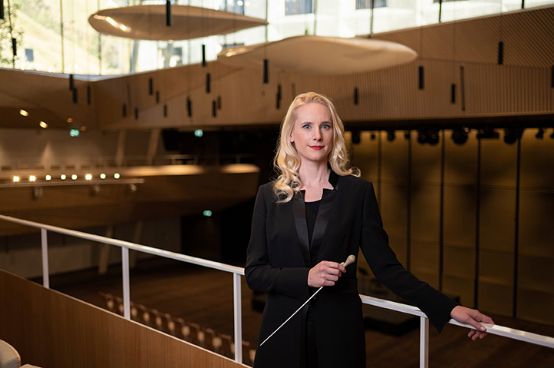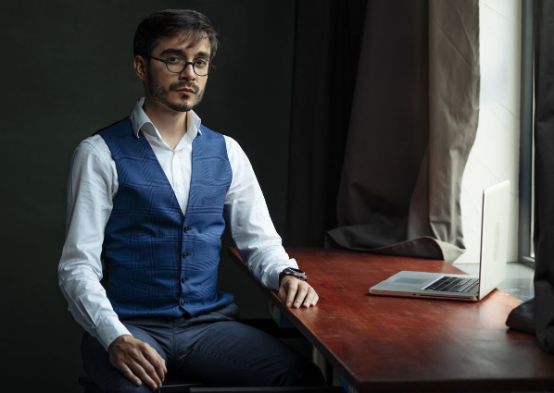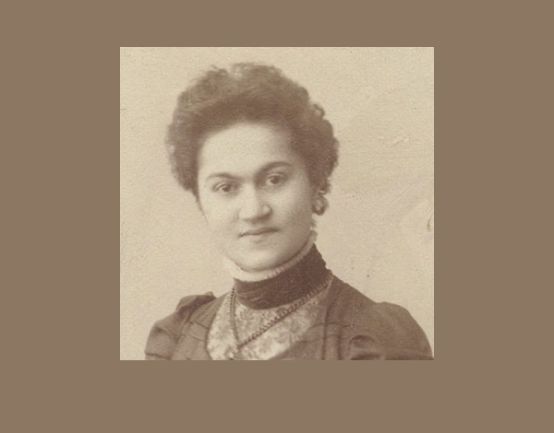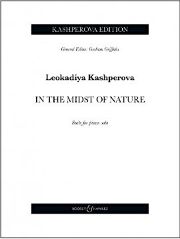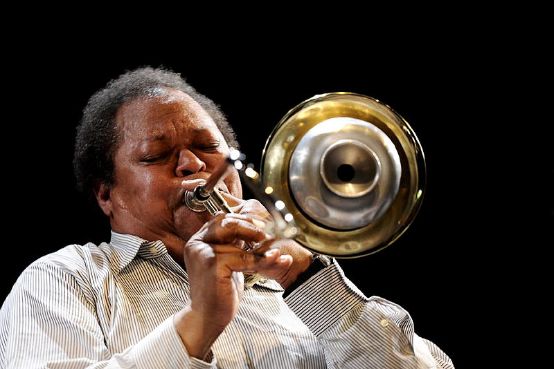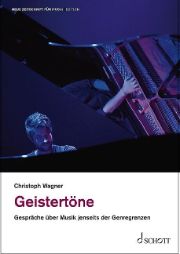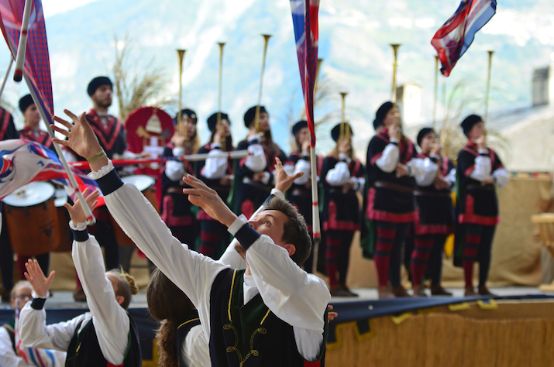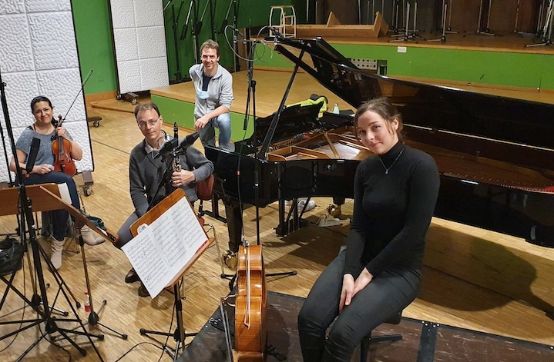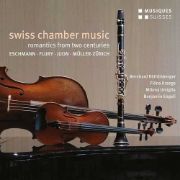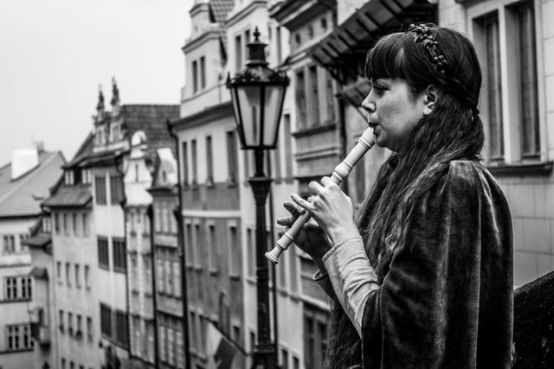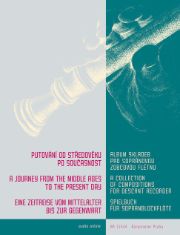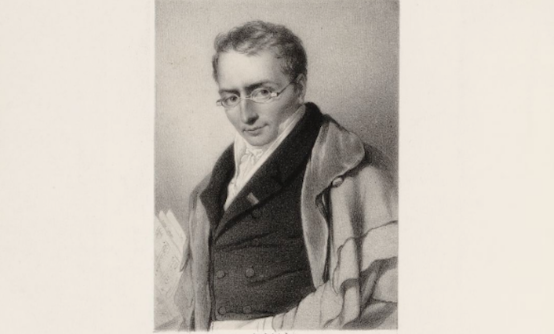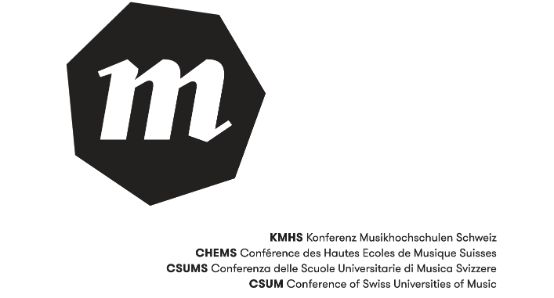
Antoine Gilliéron - A major renewal within the association marks the transition to 2022. These appointments at the head of several institutions of higher education in music in Switzerland bring vital forces to CHEMS, which finds itself in the yardstick of a phase of implementation of a strategy aimed at opening up new horizons to the Swiss tertiary space for teaching music.
Common perspectives
The vision of CHEMS constitutes a contribution to building our society in constant evolution, socially, culturally and intellectually through the dissemination of knowledge, research and productions of higher music education.
As defined in its statutes, the missions of CHEMS are:
- The coordination of tasks and problems specific to universities of music;
- Le développement de la qualité de l'enseignement musical et de la recherche ;
- Defending the interests of the music colleges vis-à-vis Swissuniversities and the Chamber of Specialized Colleges, the State Secretariat for Education, Research and Innovation (SEFRI) and the Conference of Cantonal Directors of Public Instruction (CDIP), as well as in higher and university education at national and international level;
- The exchange of experiences between national and international music academies as well as cooperation with the conferences of the heads of the music academies and music colleges in Germany, France, Italy and Austria, the Association Européenne des Conservatoires, the music academies and music colleges and the European League of Institutes of the Arts;
- The drafting of declarations and recommendations on professional and educational policy, including by disseminating them at specific communication levels or by publicizing them through the media;
- A strong relationship with professional musical organizations and Swiss musical life associations, such as the Association Suisse des Ecoles de Musique (ASEM) and SONART;
- Engagement in cultural and educational policy for the interests and promotion of music, musical creation, musical education/training and research, as well as for appropriate conditions for the promotion of young musicians and their initial and pre-professional musical training.
A strategy to be implemented
The Conférence des Hautes Écoles de Musique Suisses has recently been equipped with a piloting tool that will enable it to develop its future development in an equally harmonious and ambitious manner. He is developing an articulation of his vision and his missions around a credo that will strengthen his impact: coordination/prevision/federation.
CHEMS, through its role as a national leader and aware of the important challenges to be addressed, can thus advance in the realization of its objectives in the service of art and the constant improvement of society. In this way, the Swiss music schools will contribute to building a society of knowledge that can promote creativity as a key asset of Switzerland.
This is the reason why the excellent quality of the training offered in the field of music, as well as its articulation with production, research and innovation, are the main axes of the new strategy. It consists of providing clear measures for action in order to increase the legitimacy and visibility of higher music education in Switzerland and to ensure that new people with responsibilities within it can contribute in proportion to their talents.
Michael Bühler, Kalaidos University of Music
According to a statement from the Kalaidos University of Applied Sciences Switzerland, Michael Bühler has a broad professional musical education, which he expanded with an Executive MBA from the Universities of Zurich and Stanford (U.S.) and a doctorate from the University of Gloucestershire (UK). For more than ten years, he was artistic director and managing director of the Zurich Chamber Orchestra, before that he was executive director of the Swiss Youth Music Competition Foundation and orchestra director at Zurich Opera House. In addition to providing a professional musical education, the new rector also wants to prepare the students of the Kalaidos University of Music specifically for the "entrepreneurial challenges of the modern music market".
Béatrice Zawodnik, HEM Genève - Neuchâtel
Born in Lausanne in 1974, Béatrice Zawodnik is a musician, interpreter, teacher, curator and manager with a multifaceted career in the fields of culture, creation and education. Triplement diplômée du Conservatoire supérieur de musique de Genève en pédagogie musicale, piano et hautbois, Béatrice Zawodnik a complété son parcours par différentes formations post-grades en Suisse (hautbois baroque) et en Allemagne auprès de professeurs reputés (hautbois), dont Heinz Holliger.
Furthermore, in 2020, she was awarded the prize for the best Master in Public Administration by the Institut de hautes études en administration publique de l'Université de Lausanne (IDHEAP). His professional career is characterized by a solid and varied experience, which reflects the richness of his artistic, pedagogical and managerial background. At the musical level, Béatrice Zawodnik has enjoyed a wide range of activities for over fifteen years with numerous orchestras and ensembles, both baroque and contemporary, in Switzerland and abroad, and regularly collaborates with composers for whom she has created and recorded several works. Her teaching career of over thirty years, particularly as a professor of harpsichord and didactics at the music schools in Geneva, at the Geneva School of Music and at the Lausanne School of Music, guarantees her a solid knowledge of the field of higher education.
Finally, in terms of management, Béatrice Zawodnik has also demonstrated her skills as head of the establishment at the head of the Lausanne site of the Haute école de musique de Lausanne (HEMU) for the past six months. Since 2018, she has been responsible for the coordination of teaching at the HEM Genève - Neuchâtel, where she took over the management in January 2022.
While the next direction of the music department of the Hochschule der Künste Bern is not yet known, CHEMS warmly wishes the best for the rest of her career to Graziella Contratto who was the first woman to sit in the association as well as for their well-deserved retirements to Frank-Thomas Mitschke and Philippe Dinkel while warmly thanking all three of them for their great commitment, as positive as it is eminently effective and sustainable, with CHEMS.
